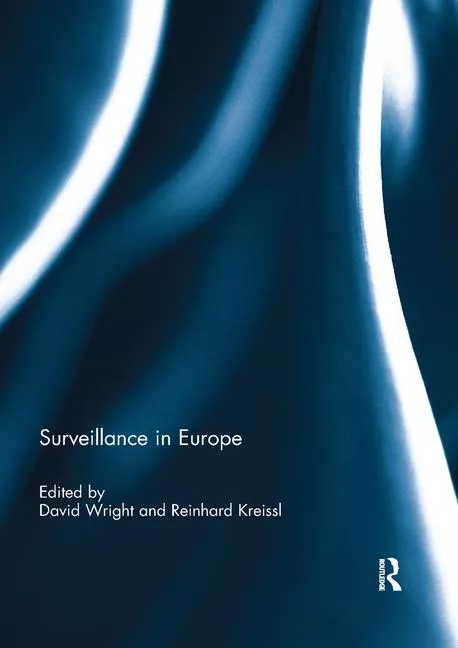Employee Theft Cost US Businesses $1.13 Million in Losses
US businesses impacted by employee theft lost an average of $1.13 million last year, according to the 2017 Hiscox Embezzlement Study.
mall and mid-sized companies (fewer than 500 employees) continue to be disproportionally victimized by employee theft, representing approximately 68 percent of cases.
This is the third annual Hiscox Embezzlement Study, which examines employee theft cases that were active in the US federal court system in 2016.
“There is a necessary level of trust between employees and their employer that is required of successful businesses,” said Doug Karpp, Crime & Fidelity Product Head at Hiscox. “When there is a breach in that trust because an employee or executive steals, it can have a significant impact on the entire organization both financially and emotionally. Business owners and executives need to make the shift from blind trust to intelligent trust to ensure they are able to spot and prevent employee theft.”
The Risk Markers
Although there is no “typical” embezzler, the Hiscox report points to several common characteristics of white collar criminals, including:
- the median age of a perpetrator is 48 years old;
- slightly more women than men commit this type of crime (51% vs. 49%, respectively); and
- finance and accounting are the most common job functions of embezzlers (37%).
Embezzlers do not discriminate when picking their targets – businesses of all sizes and industries may be impacted. Although large companies (500 employees or more) experience fewer instances of embezzlement (24% of cases), they tend to suffer a higher median loss compared to small and mid-sized businesses ($452,025 vs. $289,864). According to the study, financial services continues to account for the highest number of cases of employee theft (18%) of any industry examined. Financial services also takes the lead for the highest total loss across industries, at more than $120 million for the year.
Anatomy of a Scheme
Nearly one-quarter of employee thefts reported involved large-scale losses of over $1 million. High-loss cases often result from schemes that repeatedly divert small sums of money over time, making them extremely difficult to detect. These schemes typically go on for years. In fact, 29 percent of employee theft persisted for more than five years. The average loss for cases that continued for five years or more was $2.2 million, and for cases lasting 10 years or more, the average loss was $5.4 million.
Funds theft is the most common embezzlement scheme, used in more than one-third of all cases, followed by check fraud (22%). Funds theft is most commonly perpetrated by women (56%) while 70 percent of check fraud cases occurred at companies with fewer than 100 employees.
Warning Signs of an Embezzler
Many business owners blame themselves for allowing theft to happen under their watch, but the warning signs are often subtle. Hiscox has identified five common characteristics to watch for:
- Intelligent and curious: Embezzlers are often eager to know how everything in the office works. Once they learn the processes, they manipulate them for their own gain.
- Extravagant: Watch for employees who are living a lifestyle that is out of proportion to their salary.
- Egotistical risk-taker: An embezzler is often a rule breaker in and out of work life – from speeding tickets to overusing ‘sick time.’
- Diligent and ambitious: An embezzler may come in early and leave late, and never take vacations. This can appear to be dedication to the company, but in fact it is an effort to keep from being caught.
- Disgruntled: An employee who feels they are being treated unfairly may be tempted to steal to ‘even the score.’ They may be unable to relax, or may experience severe changes in behavior.
“Perpetrators of embezzlement typically need three things to get away with a crime - means, motive and opportunity,” said Karpp. “Business owners and executives should aim to understand the warning signs and common schemes of an embezzler in order to identify areas where they can tighten security and implement controls to manage their exposure.”
Looking for a reprint of this article?
From high-res PDFs to custom plaques, order your copy today!






